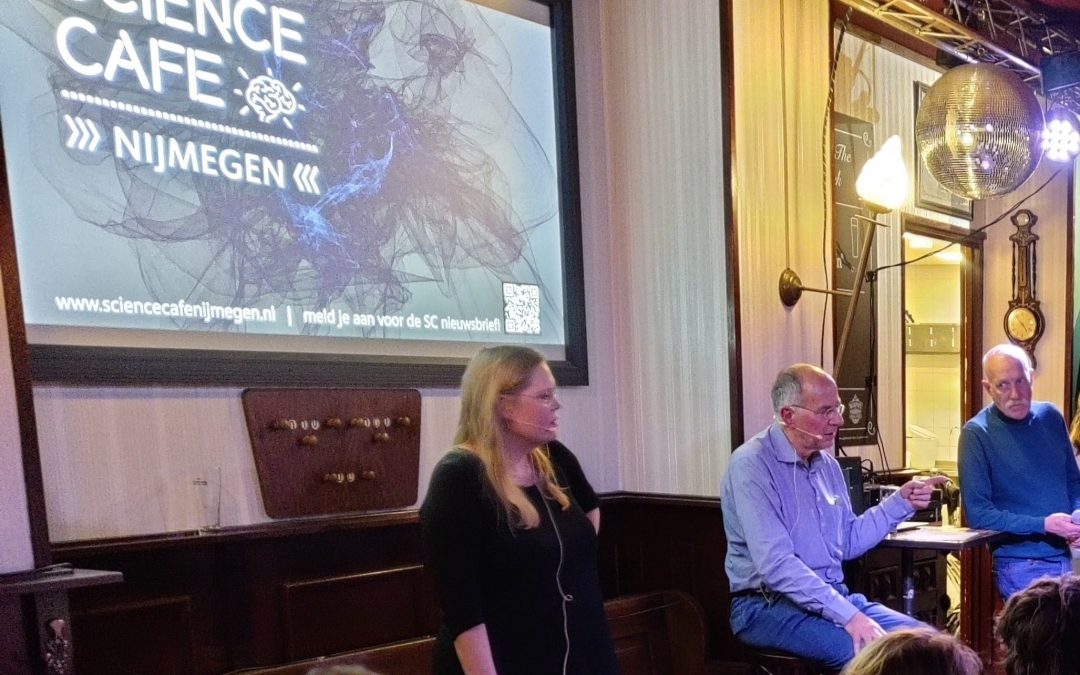Mei T, Forde NJ, Floris DL, Dell’Acqua F, Stones R, Ilioska I, Durston S, Moessnang C, Banaschewski T, Holt RJ, Baron-Cohen S, Rausch A, Loth E, Oakley B, Charman T, Ecker C, Murphy DGM; EU-AIMS LEAP group, Beckmann CF, Llera A, Buitelaar JK.
Biol Psychiatry Cogn Neurosci Neuroimaging. 2022 Sep 5:S2451-9022(22)00212-9. doi: 10.1016/j.bpsc.2022.08.011. Online ahead of print.
ABSTRACT
BACKGROUND: Although many studies have explored atypicalities in gray and white matter (GM, WM) morphology of autism, most of them rely on unimodal analyses that do not benefit from the likelihood that different imaging modalities may reflect common neurobiology. We aimed to establish brain patterns of modalities that differentiate between autism and controls and explore associations between these brain patterns and clinical measures.
METHODS: We studied 183 individuals with autism and 157 non-autistic individuals (6-30 years) in a large deeply phenotyped autism dataset (EU-AIMS LEAP). Linked Independent Component Analysis was utilized to link all participants’ GM volume and WM diffusion tensor images, and group comparisons of modality shared variances were examined. Subsequently, we performed univariate and multivariate brain-behavior correlation analyses to separately explore the relations between brain patterns and clinical profiles.
RESULTS: One multimodal pattern was significantly related to autism. This pattern was primarily associated with GM volume in bilateral insula, frontal, pre- and post-central, cingulate, and caudate areas, and co-occurred with altered WM features in the superior longitudinal fasciculus. The brain-behavior correlation analyses showed a significant multivariate association primarily between brain patterns that involved variation of WM, and symptoms of restricted and repetitive behavior in the autism group.
CONCLUSIONS: Our findings demonstrate the assets of integrated analyses of GM and WM alterations to study the brain mechanisms that underpin autism, and show that the complex clinical autism phenotype can be interpreted by brain covariation patterns that are spread across the brain involving both cortical and subcortical areas.
PMID:36075529 | DOI:10.1016/j.bpsc.2022.08.011



